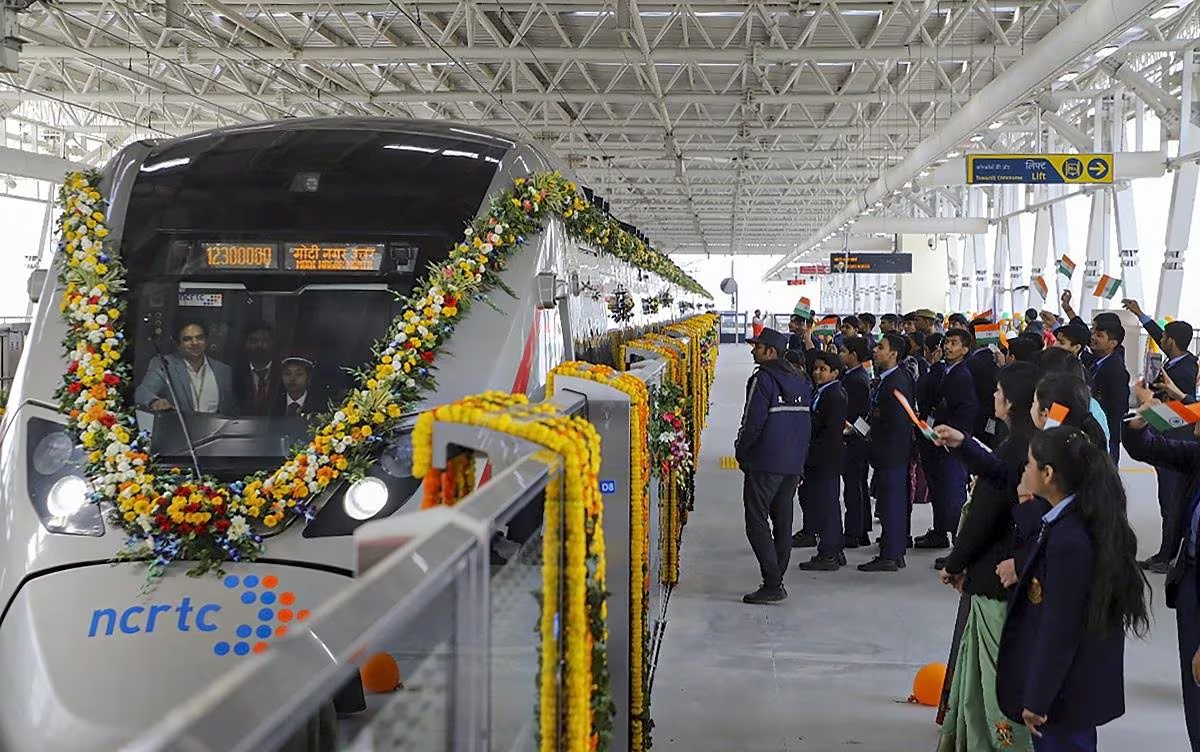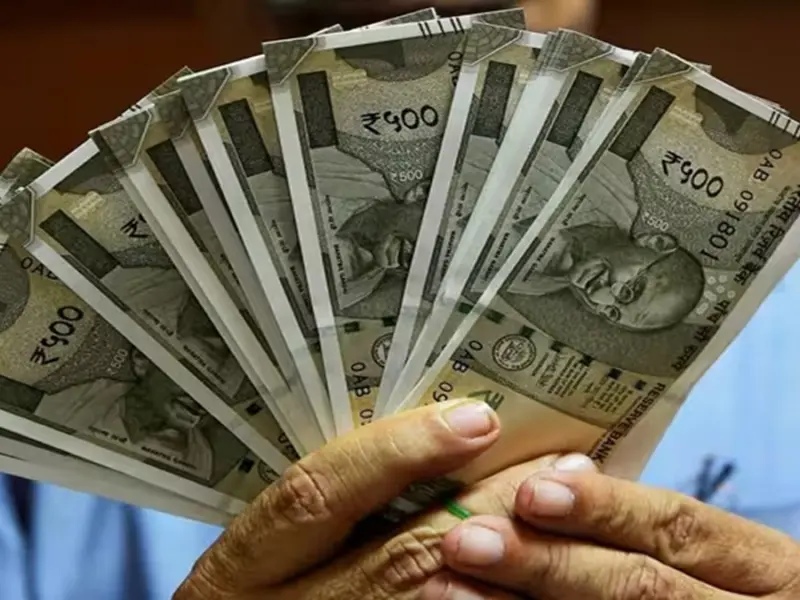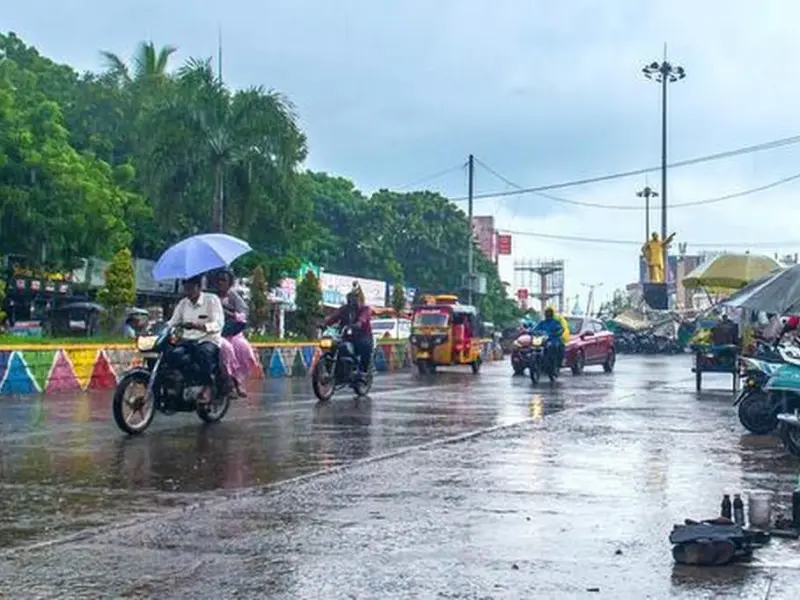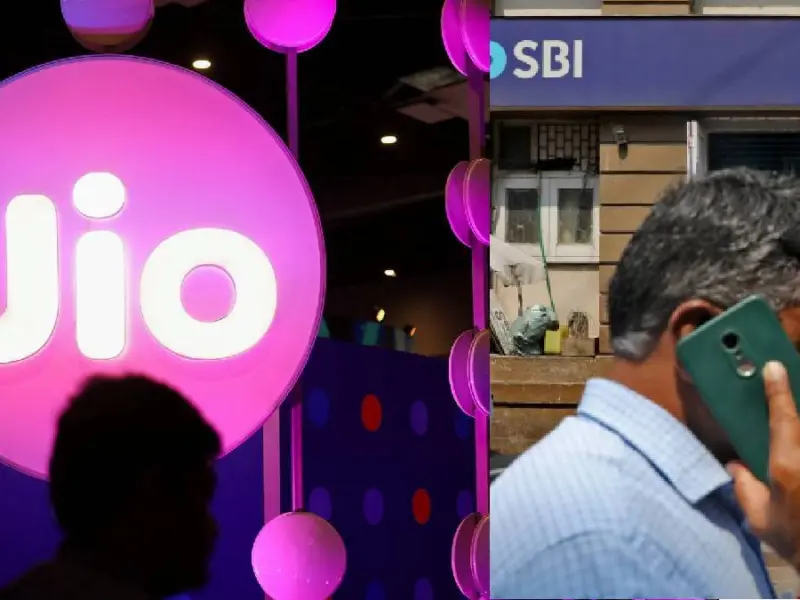The Delhi-Meerut Regional Rapid Transit System (RRTS) is one of the most ambitious rail projects currently underway in India. Developed by the National Capital Region Transport Corporation (NCRTC), the RRTS aims to revolutionize travel between Delhi and Meerut, reducing travel time drastically and providing passengers with modern and efficient public transportation.
Here’s a detailed look at the Delhi-Meerut RRTS, including fare details, stoppages, travel time, and other key features.

Key Features of Delhi-Meerut RRTS
- Maximum Speed: 180 km/h
- Average Speed: 100 km/h
- Travel Time (End-to-End): Approximately 55 minutes between Sarai Kale Khan (Delhi) and Meerut
- Distance Covered: 82.15 km
- Total Stops: 24 stations
- Type of Service: High-speed, fully air-conditioned, semi-high-speed train services with modern amenities.
List of Stations (Stopages)
The Delhi-Meerut RRTS will have a total of 24 stations across its 82.15 km route. These stations will serve as key access points for passengers across multiple regions in Delhi, Ghaziabad, and Meerut. The stops include:
- Sarai Kale Khan (Delhi)
- New Ashok Nagar
- Anand Vihar (Delhi)
- Sahibabad (Ghaziabad)
- Ghaziabad
- Guldhar
- Duhai
- Muradnagar
- Modinagar South
- Modinagar North
- Meerut South
- Partapur
- Rithani
- Shatabdi Nagar
- Meerut Central
- Begumpul (Meerut)
- Meerut North
- Modipuram (Meerut)
The RRTS also includes a provision for future extensions, with the possibility of additional stations.
Fare Details (Estimated)
The fare structure for the Delhi-Meerut RRTS has not been finalized yet. However, based on NCRTC’s previous estimates and comparisons with metro fares, it is expected to be highly affordable, providing a cost-effective alternative to private transport. Here’s an estimated fare structure:
- Sarai Kale Khan to Ghaziabad: ₹50-₹70
- Sarai Kale Khan to Modinagar: ₹80-₹100
- Sarai Kale Khan to Meerut: ₹100-₹150
Passengers can expect dynamic pricing based on distance, similar to other rapid transit systems. The fare will also include the option to pay via NFC cards, mobile apps, and QR code-based payments.
Travel Time
One of the biggest advantages of the Delhi-Meerut RRTS is the drastic reduction in travel time between Delhi and Meerut. Currently, the journey takes about 2-3 hours by road, depending on traffic conditions. With the RRTS, travel time will be reduced to just 55 minutes, making it a game-changer for commuters.
- Sarai Kale Khan (Delhi) to Ghaziabad: 12 minutes
- Sarai Kale Khan to Modinagar: 30 minutes
- Sarai Kale Khan to Meerut: 55 minutes
Types of Coaches
The Delhi-Meerut RRTS will offer multiple types of coaches to cater to various passenger needs:
- Standard Coaches: Fully air-conditioned with comfortable seating.
- Premium Coaches: Exclusive access, more spacious seating, and enhanced amenities for passengers willing to pay a premium fare.
- Special Coaches for Women and Differently-Abled: Certain sections will be reserved for women and differently-abled passengers for a more comfortable journey.
Facilities and Amenities
The Delhi-Meerut RRTS will come equipped with world-class facilities, making it a modern, comfortable, and efficient mode of transportation. Key features include:
- Fully Air-Conditioned Coaches: Comfortable climate control even during extreme weather conditions.
- Wi-Fi Connectivity: Passengers will have access to free Wi-Fi during their journey.
- Real-Time Information Systems: Digital screens and announcements will provide real-time updates on stations, time, and other important information.
- Onboard CCTV Surveillance: Ensuring passenger safety with 24/7 surveillance.
- Mobile Charging Ports: USB charging ports will be available in all coaches.
- Luggage Racks: Adequate space for carrying luggage, making it convenient for long-distance travelers.
- Automatic Fare Collection System: Contactless ticketing options, including mobile payments and smart cards.
Impact on Daily Commuters
The Delhi-Meerut RRTS is expected to serve over 8 lakh daily commuters once fully operational. This will significantly reduce traffic congestion on highways like NH-58 and cut down pollution levels by encouraging the use of public transport over private vehicles.
The system will also play a major role in promoting regional development, improving access between Delhi, Ghaziabad, and Meerut, and boosting economic growth in these areas.
Future Expansion Plans
Apart from the Delhi-Meerut RRTS, there are future plans to extend this rapid transit system to other regional corridors, connecting cities like Delhi-Gurugram-SNB (Shahjahanpur-Neemrana-Behror), Delhi-Alwar, and Delhi-Panipat. These extensions will further enhance connectivity and provide a robust public transport network in the National Capital Region (NCR).




